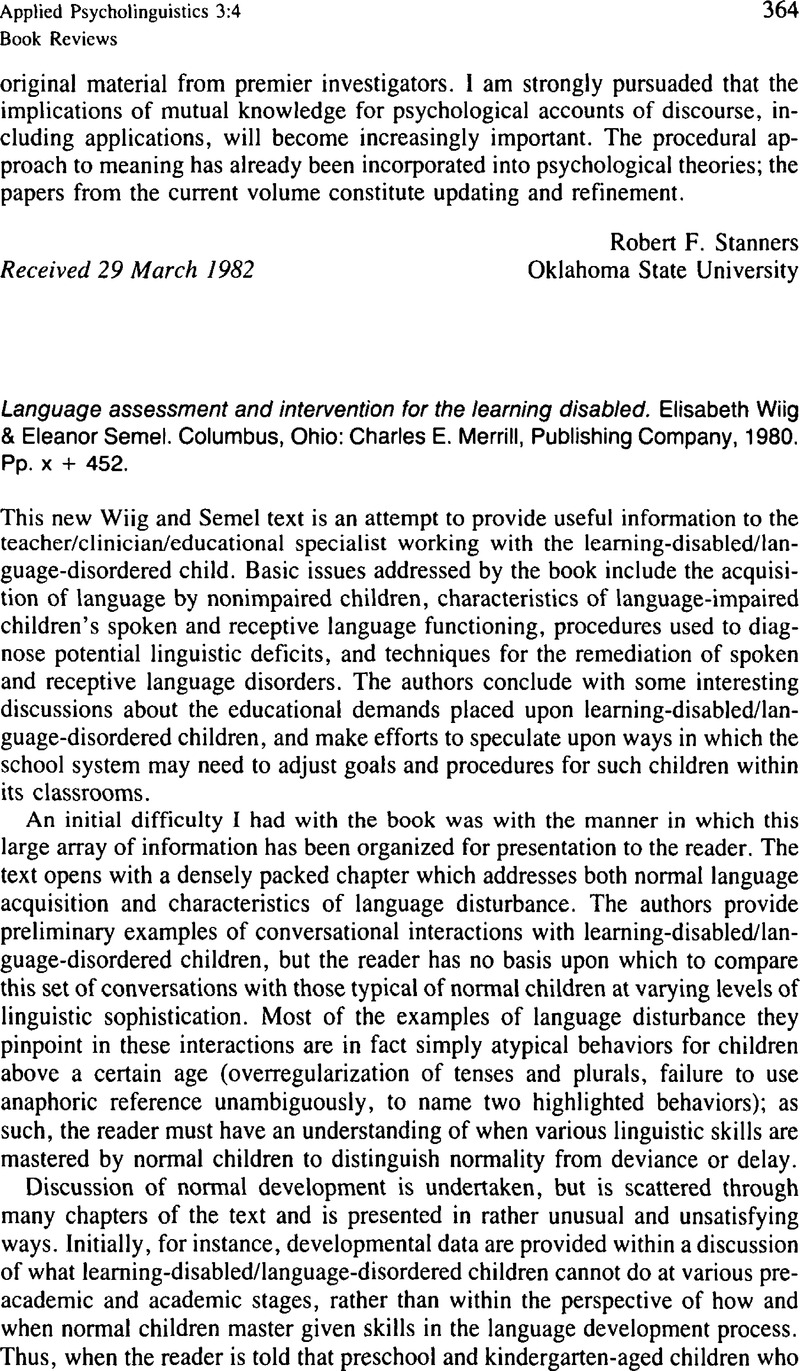Crossref Citations
This article has been cited by the following publications. This list is generated based on data provided by Crossref.
Scott, Cheryl M.
and
Rush, Dathan
1985.
Teaching adverbial connectivity: implications from current research.
Child Language Teaching and Therapy,
Vol. 1,
Issue. 3,
p.
264.



